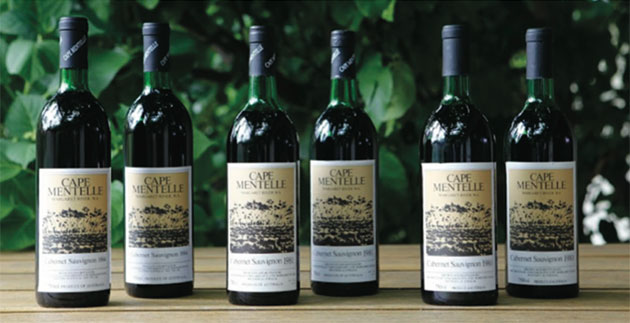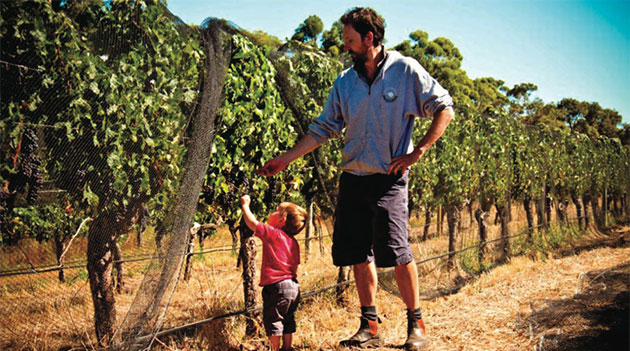
45,OOO YEARS OF TERROIR |
||
|
When you consider Margaret River as a wine producing region is a little over 40 years old, in a wine producing country about 200 years old, it is not a lot of time to develop a local understanding of the piece of dirt our fruit comes from. I have always felt I needed at least 5 years of experience turning grapes into wine from a particular vineyard to begin to get the best out of it and who knows how many years to truly understand it and develop a connection with the land. The French have the term ‘terroir’ for which the English do not have a direct translation but the concept can variably be described as “a unique sense of place exhibited consistently through the nuances of smell and taste in a wine” and is borne through the complex relationships between the soil, the environment, the people and most importantly the history. In my attempts to increase my understanding of our vineyards, the history of our local Aboriginal people makes for compelling reading and draws strong parallels to the concept of terroir. Local aboriginal culture dates back an estimated 45,000 years in the south west of Western Australia and this region is home to the Nyungar people. The Nyungar have a term for country (Boodjar) and their Boodjar was made up of a number of smaller territories with the appellation of today’s Margaret River wine region falling within the Boodjar of the Wadandi (Ocean) people. |
The three critical elements essential to the Nyungar understanding of their land are Katitjin (knowledge), Boodjar (country) and Moort (people), by knowing intimately each component and the links between them a strong connection to the land is formed. Is it just me oris this a definition of terroir. In the words of the Nyungar let’s hope that from kura (a long time ago), to yeye (today) and into boordwan (the future) we can consolidate our knowledge, build on the intrinsic qualities of our wines and foster a greater insight of what it means to be a winemaker in Margaret River. A number of Margaret River’s unofficial sub regions have traditional aboriginal names. The next step in the evolution of our region is to further define our sub regions and what better way to acknowledge the traditional custodians of the land than to name them all as they have been known for millennia. In so doing we lay the groundwork for future generations of winemakers and consumers to fall in love with the wine of the Wadandi Boodjar.
Robert Mann |
|
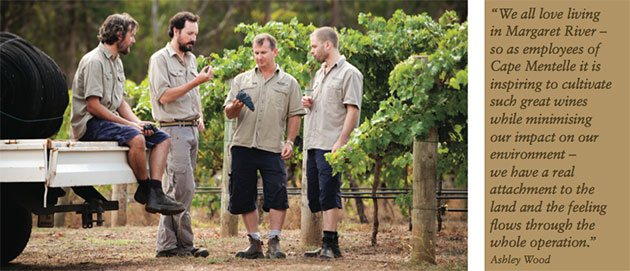
STARRY, STARRY SHIRAZ“Was it the starry, starry night? Could it have been the gentle breeze wafting through the trees? Perhaps it was the aromas of newly mown grass and the ocean?” |
|
|
Or even the comedy/drama I was enjoying at Cape Mentelle as part of its openair summer movie season, the French film, Intouchables? Perhaps all those things played a role. However, most likely it was the Cape Mentelle Shiraz 2011 that I was sipping which brought to mind the classic Gascony dish: cassoulet. A gutsy stew of meats, vegetables and herbs from the southwest of France, it is perfect partnered with the Cape Mentelle Shiraz 2011 which, with its spicy, peppery nose, its firm structure, and its savouriness, is thoroughly suited. The name cassoulet comes from the word cassole, referring to the conical clay pot in which it was cooked in France. While the traditional dish can be time-consuming to make, involving making duck confit, this version is simpler without losing anything in the translation. |
Although I choose to prepare it with duck, it may also be prepared with chicken. I also include Mexican spicy sausages, or North African merguez. |
CASSOULETSERVES 4 TO 6 |
|
|
Ingredients
2 Tbsp extra virgin olive oil |
In a large frying pan or cast iron pot, put olive oil and brown chicken or duck. Remove.
Brown the pancetta or bacon. Remove. Brown sausage pieces. Remove. |
SILVER SCREEN SUMMER |
|
|
Our movie season at Cape Mentelle wrapped up on April Fool’s Day ending another extremely successful big screen celebration of great movies, balmy summer nights and fabulous food and wine. The ‘Movies at Cape Mentelle’ programme comprising of 61 acclaimed films saw record numbers claim a patch of lawn in the winery’s picturesque gardens. We are pleased to say that a whopping 3501 Lamont gourmet pizzas were consumed, 748 ice-creams devoured and just over 20,000 glasses of wine were quaffed (responsibly!) over our 100 night season. A big thank you to our locals and visitors alike for their continued support. We look forward to seeing you next summer and in the meantime keep an eye out for details on our Facebook pages. |
www.facebook.com/moviesatcapementelle www.facebook.com/capementelle |
|
MENTELLE AMBASSADOR
Russell and Jenny Baker have such an impressive line-up of Cape Mentelle Cabernet’s in their cellar that their Ambassador status is without question! The Baker’s were stationed in WA while serving in the Navy back in the 1980’s when Jenny discovered our wines. Russell contacted us recently with this impressive photo to ask which one we’d recommend for the occasion of his eldest daughter graduating from university - after 5 years and with 2 degrees. They celebrated with the 1980 which filled the room with a powerful fruity aroma when it was opened, mint condition from the original box it was purchased in! You too can become a Mentelle Ambassador, for inspiration have a look at previous Ambassador photos on our facebook page - www.facebook.com/capementelle. Next time you are in a remote or exciting location keep your eyes peeled for that unique photo opportunity – of you or someone you love, with your favourite drop of Cape Mentelle! We will publish the best and most intriguing photo and the winning Mentelle Ambassador will receive a FREE mixed case of six bottles of Cape Mentelle wine (within Australia). All entrants will receive a limited edition leather Cape Mentelle notebook. Email entries to [email protected]. |
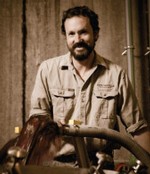
NEW RELEASESWith vintage 2013 in full swing Senior Winemaker Rob Mann took off on a slightly different tangent with our first new release wines of the year - the Cape Mentelle trilogy of varietal wines with origins outside of Bordeaux. It has to be said he has taken the theming very seriously as he could currently be mistaken for a wookie - sporting the traditional vintage facial hair! |
|
|
The 2012 Chardonnay, much like the original Star Wars, lands during a time when people are looking for a new genre with this varietal. When a death star needs destroying you want to be flying an X wing fighter with its clean lines, electronic targeting precision and droid support out the back fine tuning every detail of its performance. The 2011 Shiraz, being the second in the trilogy, links the two. Shiraz from Margaret River can struggle to be seen above its more illustrious peers but get it right and it can certainly surprise. Like The Empire Strikes Back our Shiraz is bold in its conception but with lighter moments throughout and with a touch of budding romance is a great expression of what a region can produce in a great year under clear direction. The final episode is where people die, lovers unite and everything turns out for the best. Our 2011 Zinfandel has a little Ewok in it but place that small furball on a speeder bike and you are in for some great entertainment. |
Zinfandel can have a power greater than the force but if used for good and if not tempted by the dark side of overt alcohol and oak, balance can be maintained and peace returned to the galaxy. If Luke could have given Anakin a glass of Zin on his death bed he may well have survived. We have yet to work out where George Lucas would have positioned the 2012 Botrytis Viognier but rest assured Yoda would have found the force strong with this one. Exclusively available to Mentelle Notes and Cellar Door customers it is vibrant and aromatic with ripe peach, apricot and subtle orange blossom. Both the 2011 and 2012 vintages are highly rated in Margaret River with both sharing warmer than average temperatures and below average rainfall. The results continue an excellent run of vintages stretching back to 2007 and reaffirm the regions consistency in being able to produce some of Australia’s greatest wines. |

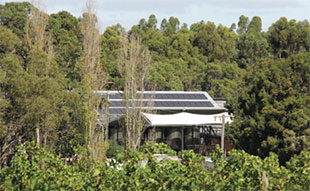

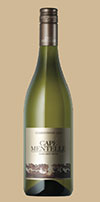
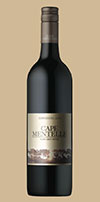
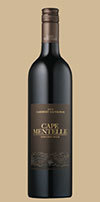
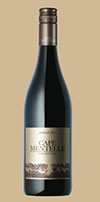
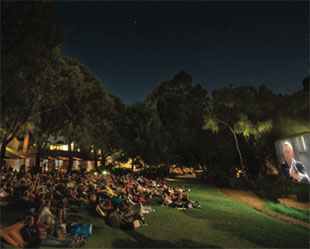
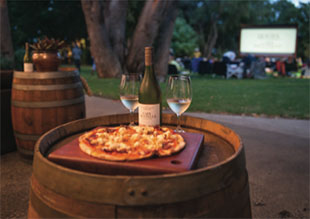
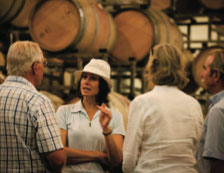 MENTELLE NOTES
MENTELLE NOTES